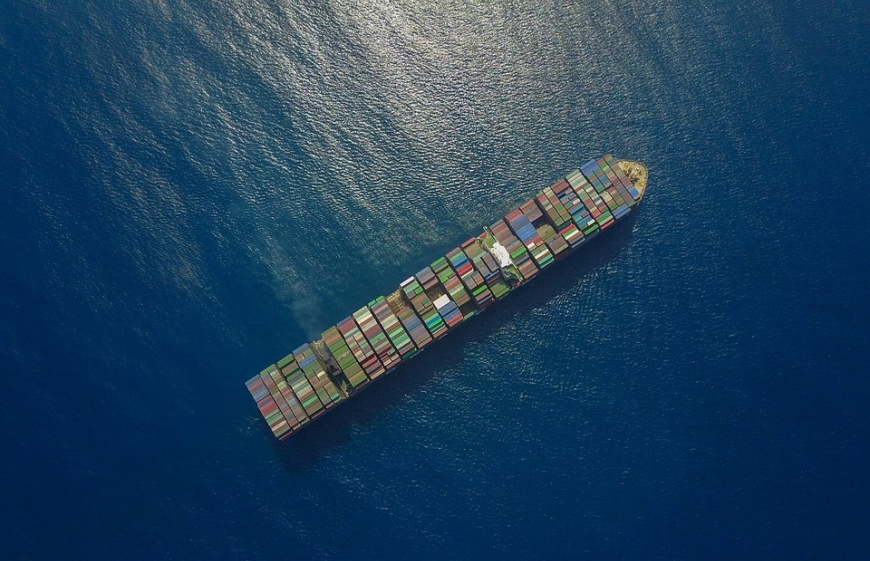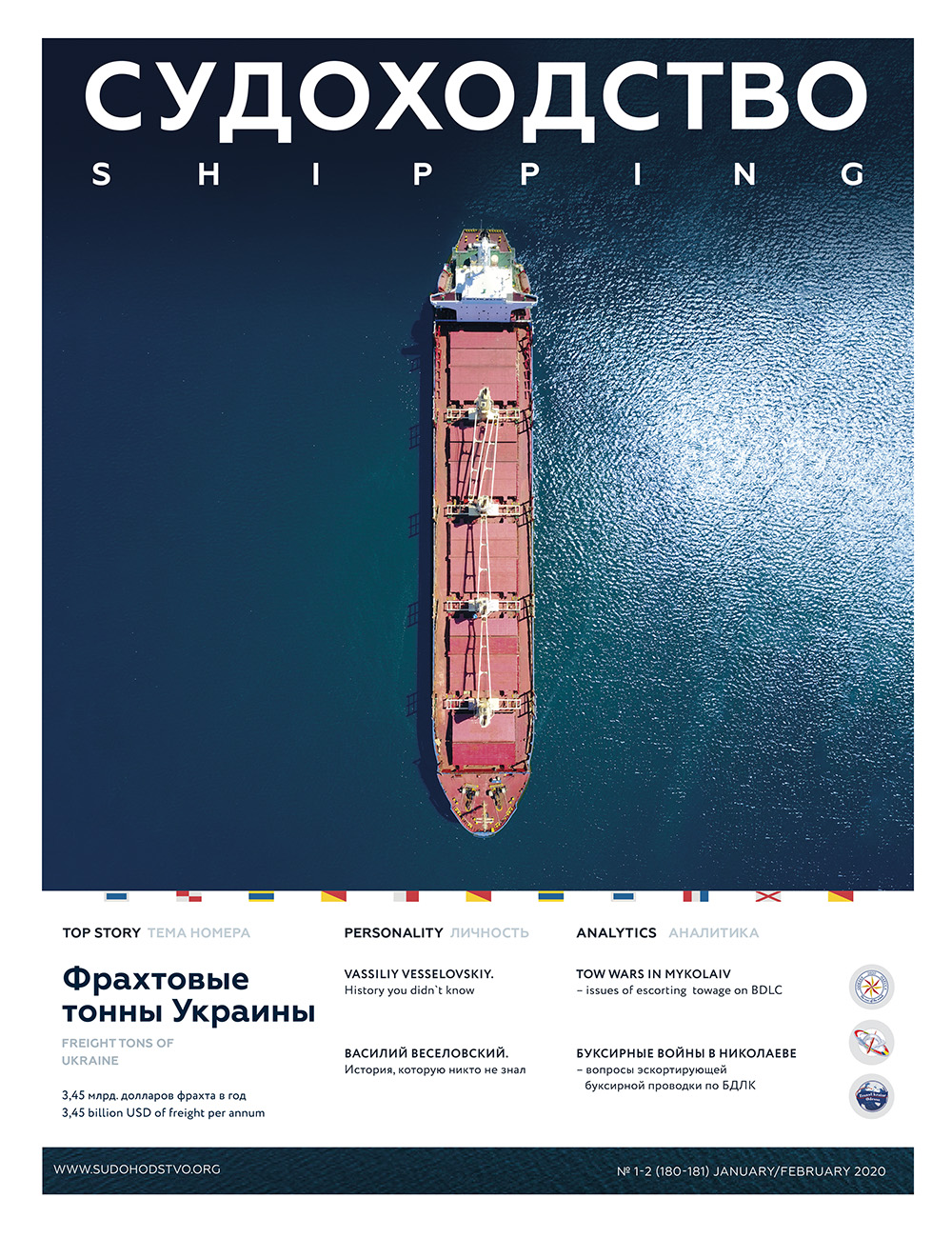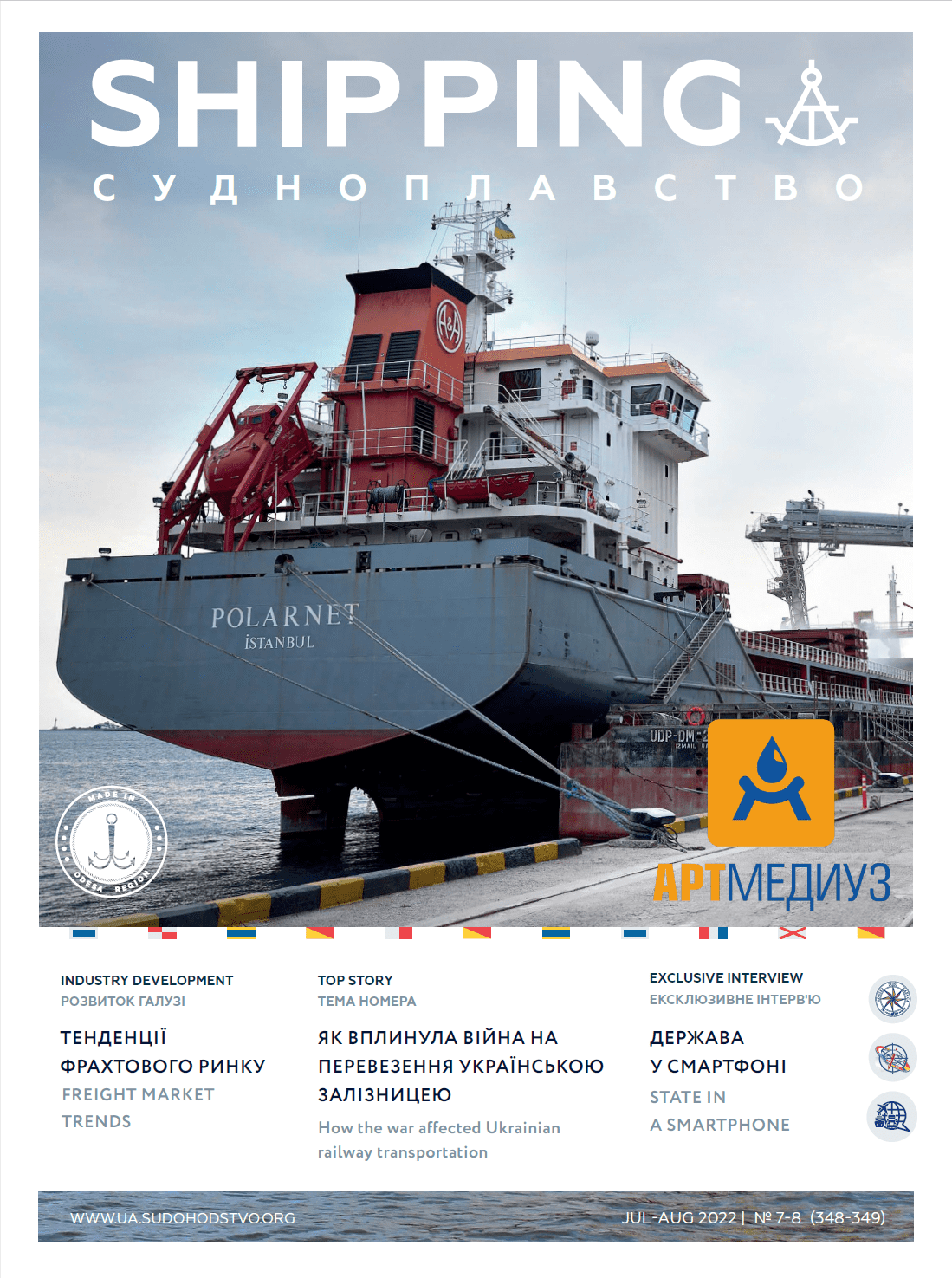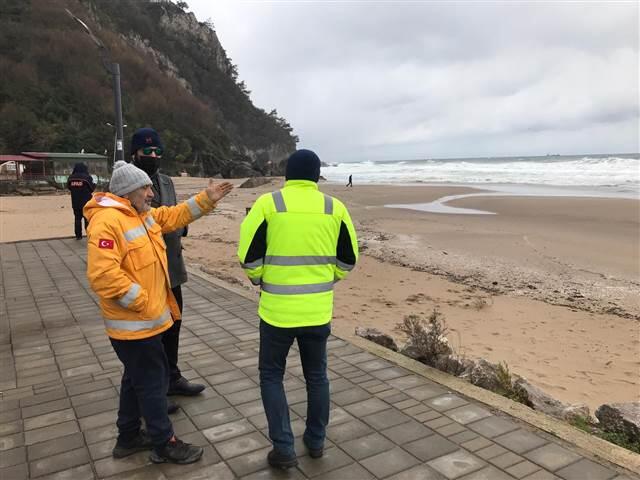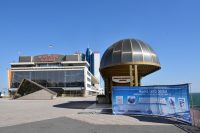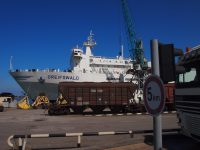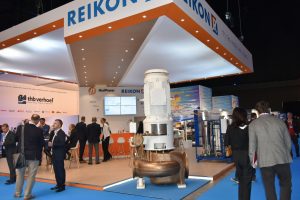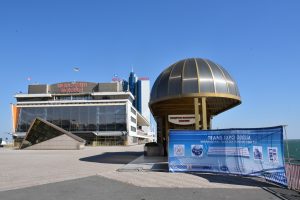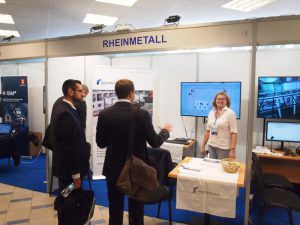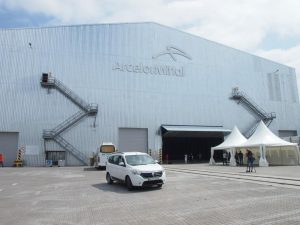SEA\LNG believes that the usage of LNG is the real way to achieve the IMO 2050 greenhouse program plan. LNG can and does solve the air quality issues the maritime industry.
Reinforcing the case for LNG as a marine fuel, SEA\LNG Chairman Peter Keller said: “In addition to immediate local air quality benefits, LNG offers a commercially viable long-term bridging solution to addressing the IMO GHG targets. LNG, in combination with efficiency measures being developed for new ships in response to the IMO’s Energy Efficiency Design Index (EEDI), will provide a way of meeting the IMO’s target of a 40% decrease in GHG by 2030 for international shipping.”
“In addition, there are clear technology pathways being developed which should allow further emissions savings to be realised. For example, today, mixing LNG with bioLNG (from biogas) as a ‘drop-in’ fuel significantly reduces GHG emissions. Longer term, ‘power-to-gas’ is a key technology with the potential to produce large volumes of renewable LNG,” Keller added.
SEA\LNG together with the Society for Gas as a Marine Fuel (SGMF) has commissioned an independent study to establish the facts regarding GHG emissions from LNG as a marine fuel considering all emissions from well-to-wake for LNG and other fuels. This study is currently being reviewed by independent academics and SEA\LNG and SGMF expect to publish the results in April.
Future technologies that appear to have promise, safety, and scalability could be built upon marine fuel infrastructure for LNG and clearly indicate that it is inaccurate to conclude that LNG will not provide a pathway to meeting IMO 2050 GHG ambitions, the coalition further said.

